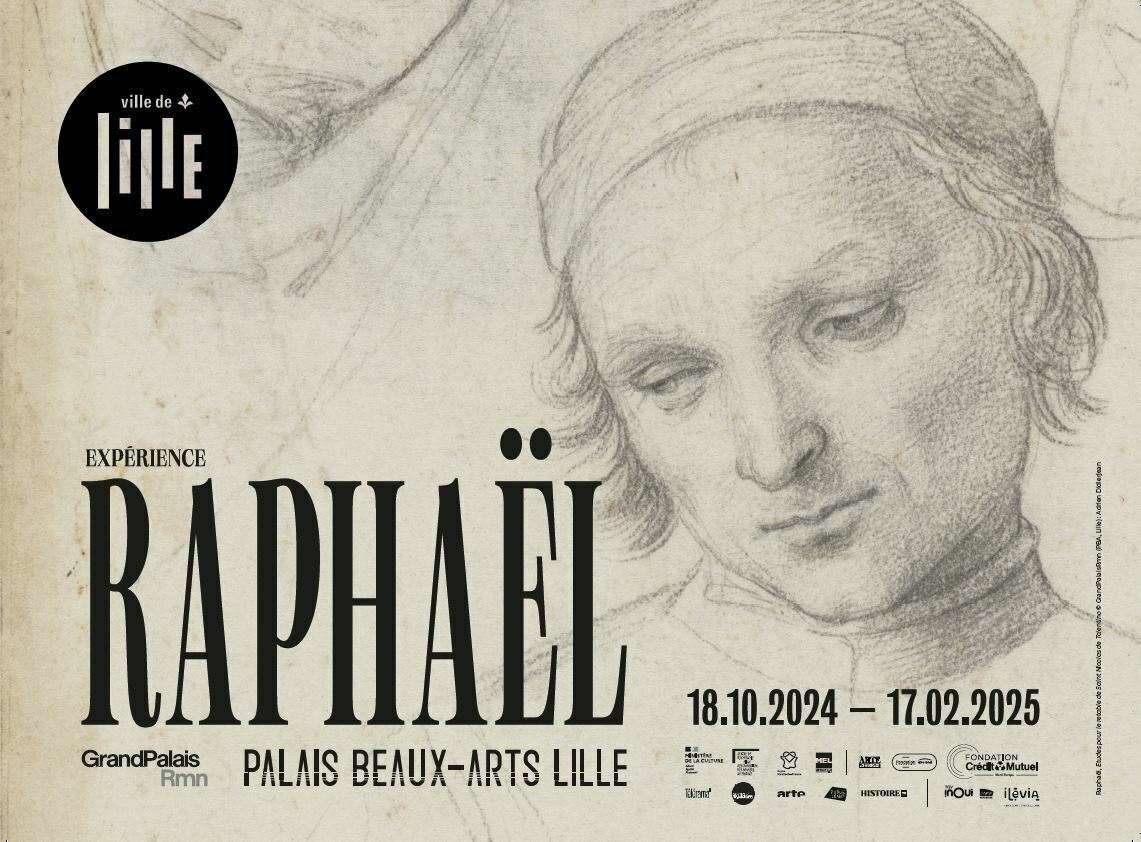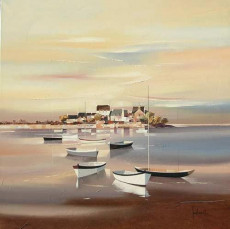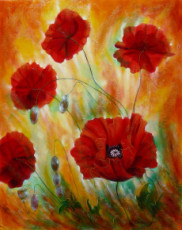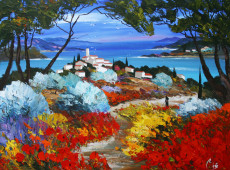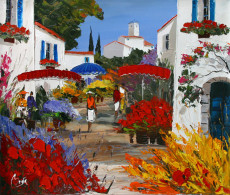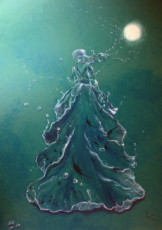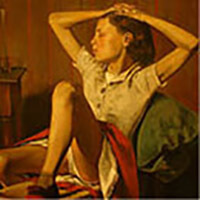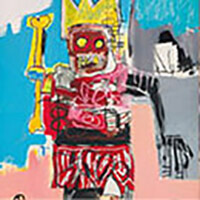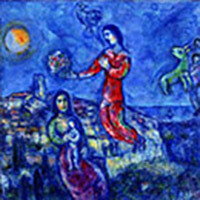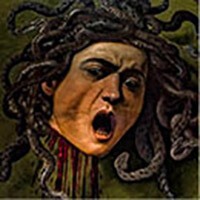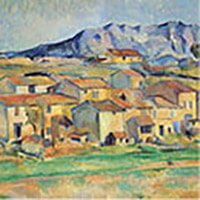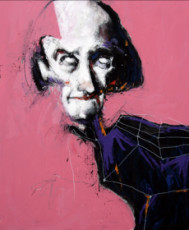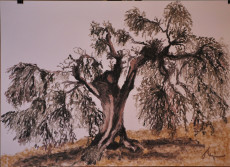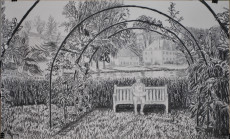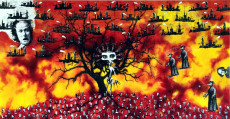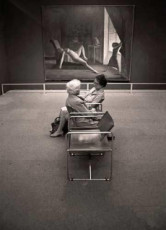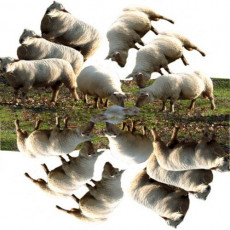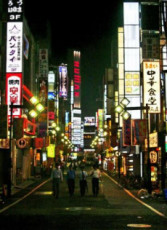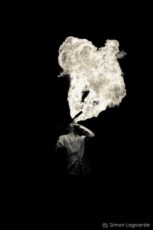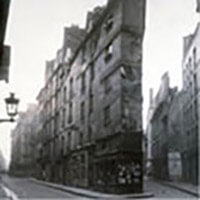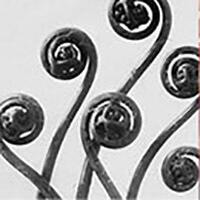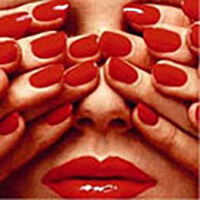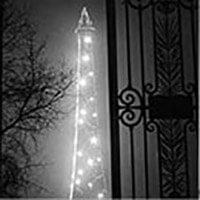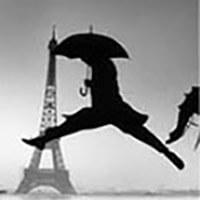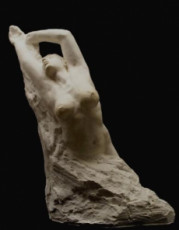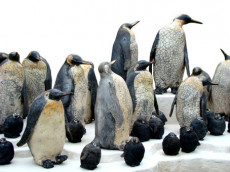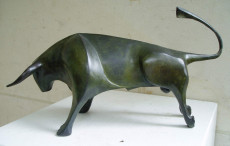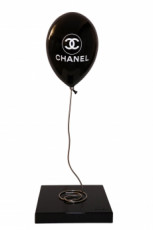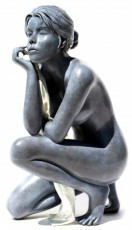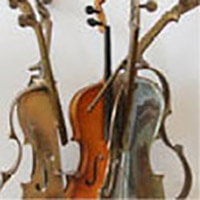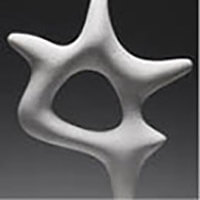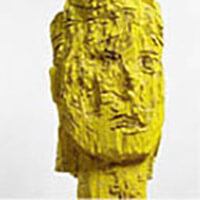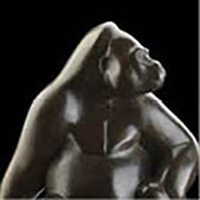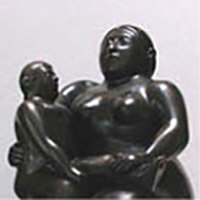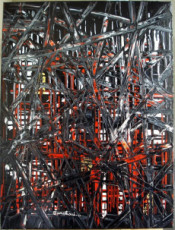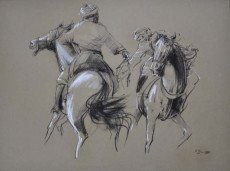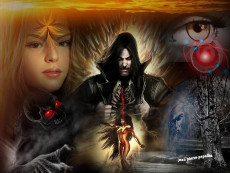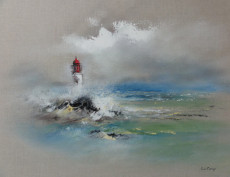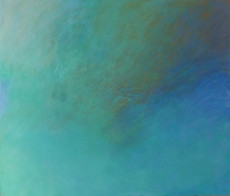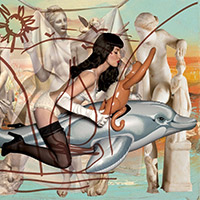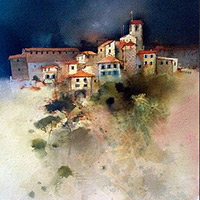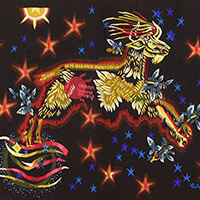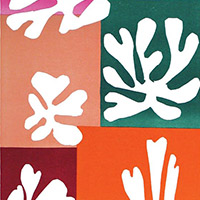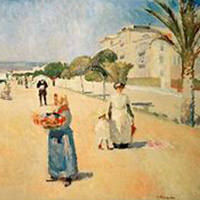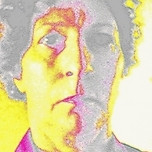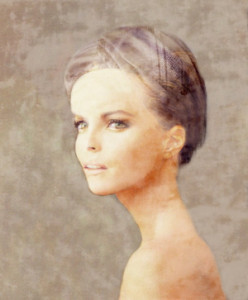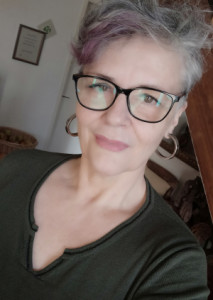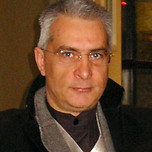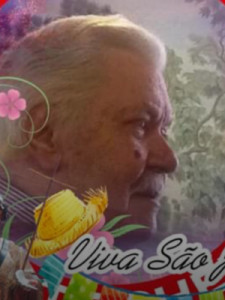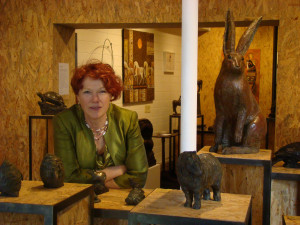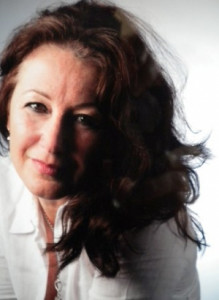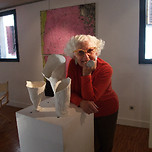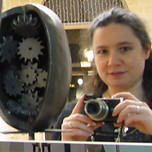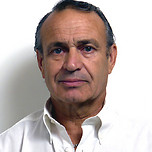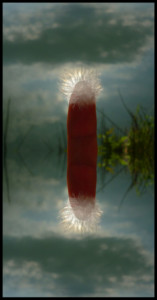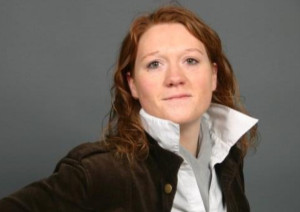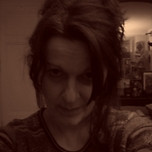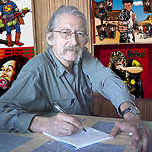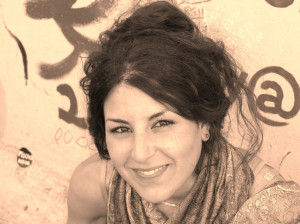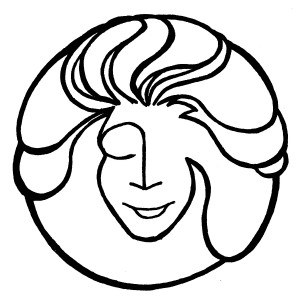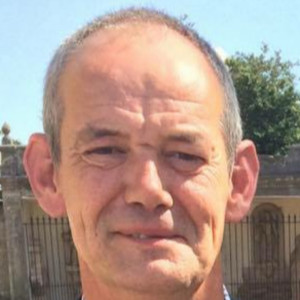
Seen for you in L'ŒIL

• Our soul of Paris: On the occasion of the reopening of Notre-Dame to the public
What do Jean-Michel Alberola, Daniel Buren, Philippe Parreno, Christine Safa, Claire Tabouret, Gérard Traquandi, Yan Pei and Flavie Vincent-Petit have in common? In partnership with renowned glassmakers, all eight of them applied to create new contemporary stained glass windows for Notre-Dame Cathedral in Paris. It all started with a wish from the Archbishop of Paris, Laurent Ulrich, who was enthusiastic about it from President Macron, who announced at the end of 2023 the launch of a competition to this effect on the theme of Pentecost and the Descent of the Holy Spirit on the Apostles. That was all it took for an online petition to see the light of day. The opponents of the project united behind the banner of the Tribune de l'art, whose petition collected more than 230,000 signatures. The National Commission for Heritage and Architecture issued an unfavourable opinion on the competition. It should be noted here that this project only concerns six stained glass windows for the southern side chapels of the nave. The stained glass windows to be replaced are not in any way decorated, as are those in the ambulatory, the choir and the transept. They are grisaille windows with a purely decorative purpose. But that changes nothing for the opponents of the project. They argue that the creation of Vio was intended to create half-tone transitions between more colourful creations, all intended to be as respectful as possible of medieval traditions. Designed in a neo-Gothic spirit, the designs of the stained glass windows in the six chapels concerned were thought to be in harmony, particularly in terms of colour, with the wall paintings next to them. These windows, which are listed, also survived the fire. Why would anyone want to replace these high bays in this case "trimmed with white glass surrounded by a blue band decorated with fleurs-de-lys (which) pour a white, even harsh light into the cathedral"? This controversy is not new. A little over a century ago, a debate began on the advisability of replacing these same grisaille windows in preparation for the Universal Exhibition. Modern stained glass windows were made and even installed but removed and then put away at the last minute because of the outbreak of the Second World War. It will be noted that history sometimes stutters. Let us hope that it does not repeat itself.
Illustration: Stained glass windows of Notre-Dame Cathedral in Paris by Viollet-le-Duc (1843-1864)
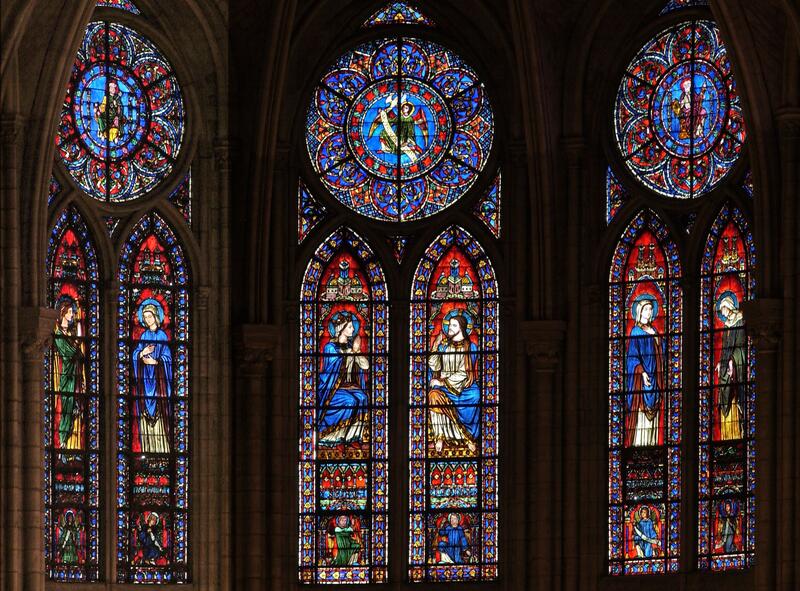
• Oliver Beer: the artist of the moment?
His name is Oliver Beer, he graduated from the Rusking School of Art, studied film theory at the Sorbonne and appears to be the obvious artist of the moment. His installation in the form of polyphony in a prehistoric cave was a great success at the Lyon Biennale. He had already designed a remarkable installation on the Pont des Arts for Nuit Blanche 2016 and projected one of his videos on Piccadilly Circus in London as part of Circa Prize 2024. And he has taken his talent from the Mac Lyon to the Met Breuer in New York. His art can be summed up in two words: resonances and vibrations. The interactions between sounds and the architectural space in which they are inscribed are at the heart of all his works. It is actually the fault of bailiffs! In order to protect herself against a raid by lawyers with whom she was in trouble and risked having her furniture seized, a neighbor of the Beers came to ask them if she could hide her piano at their house. This is how little Oliver got a Steinway as a new toy and discovered his hypersensitivity to harmonics. The hand of fate touched him once again during his very first visit to a museum, in this case the Tate Modern at the age of thirteen. Photographed in close-up, Donald Rodney's palm showed in its hollow a tiny construction in the shape of a house. Title of the work: In the House of My Father. Originality? The little house was made from skin samples taken from the artist during the many operations he had to undergo as part of the treatment for a rare disease: sickle cell disease. The sound, the body, the place, all the elements constituting Beer's artistic alchemy are in place. The artist can make places sing by betting on their specific resonance. These have been parking lots, museums, his grandmother's kitchen or sewers. It is a cave for the Cave whose most decorated places are, by chance or by magic, the points offering the best acoustics. Vibrations and resonances are always the key to Beer's works. This is how he has hundreds of children make drawings reinterpreting images from Walt Disney's Snow White to offer a version as if on acid entitled Reanimation: Snow White. This is also how he captures the distinctive frequencies of 38 porcelain cat figurines activated by a keyboard, giving this hallucinatory work the code name of Resonance Paintings: Cat Orchestra. In any case, Oliver Beer has no equal today in making the small world of art vibrate.
Illustration: Vessel Orchestra by Oliver Beer (2019)
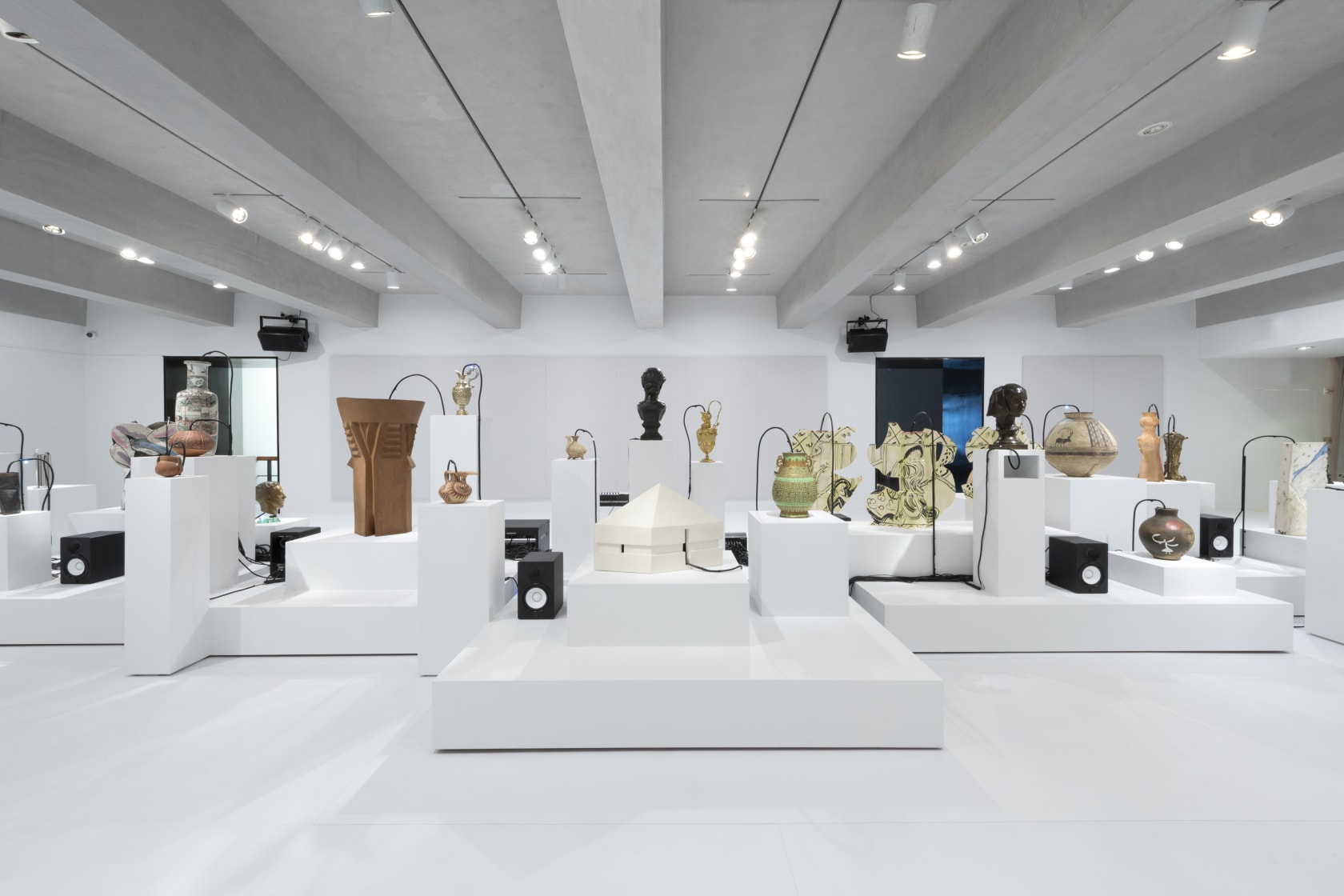
• See Raphaël draw live? About the exhibition Expérience Raphaël at the Palais des beaux-arts in Lille
The process is as simple as it is brilliant. We start with sketches by the painter, here Rhaphaël, some of whose features have been erased by the ravages of time. The exhibition curator, Régis Cotentin, reconstructs the missing segments and motifs one by one with fierce respect for the artist's work. This reconstruction is filmed in time lapse, which then makes it possible to offer a public screening of the spectacle of Raphaël's drawings being created live as if by magic. And to ensure that the session is astonishing right to the end, the completed drawings are then merged into the final canvas that they have prefigured to the nearest millimeter. After that, talk about artistic approximations! The moral of this fable: today's digital tools are not exclusively intended to compete with the artists of their time. They can also, more happily, serve as an educational tool to show why art is called art. It is then up to artificial intelligence to understand what it said.
Illustration: Sketch by Raphael
